The Carnegie Museums of Art and Natural History date back to 1895, when steel magnate Andrew Carnegie made them a gift to the city of Pittsburgh, Penn. He liked to seem charitable while being absolutely unyielding to the immigrants toiling in his steel mills.
The Carnegie Museum of Art was originally an art gallery within the Carnegie Library, designed to showcase “the Old Masters of tomorrow.” A decade later Carnegie provided funds to majorly expand the art museum, and of course over the years the museum has continued to expand its collection. Today 35,000 pieces are in the collection, though only 1,800 are generally on view.
The Carnegie Museum of Art has a world-class collection, featuring four paintings by my favorite artist, Claude Monet. One was a giant water lilies painting, 6.5 feet tall and almost 20 feet wide; I had no idea there were water lilies this large outside of the Musée de l’Orangerie in Paris. However, when it was time to decide which painting I would want to take home, it was Pierre-Auguste Renoir’s The Garden in the Rue Cortot, Montmartre that was my pick; Doug chose Alfred Sisley’s View of Saint-Mammes (which is the featured image atop this post).
The Carnegie Museum of Natural History shows up on lists of “best in the United States”, so we popped in as part of our ticket. It has 22 million specimens (!!), of which about 10,000 are on display (!!), and features one of the finest paleontological collections in the world. The Hall of Minerals and Gems held case after case of brightly colored items that seemed almost impossible to exist naturally.
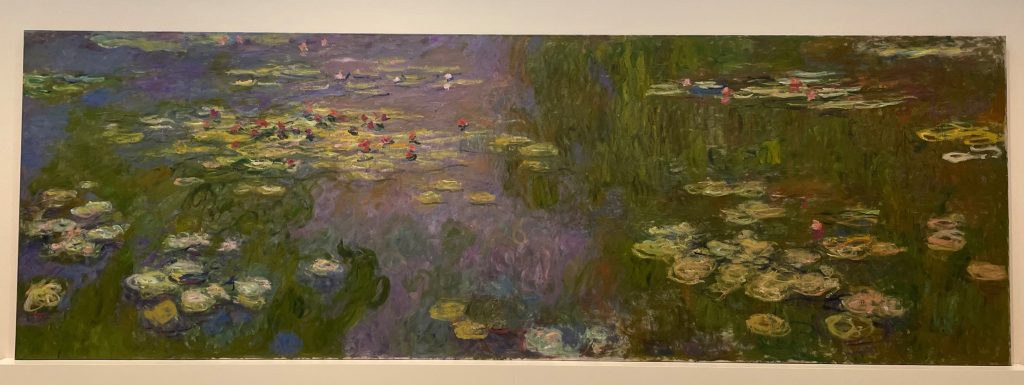
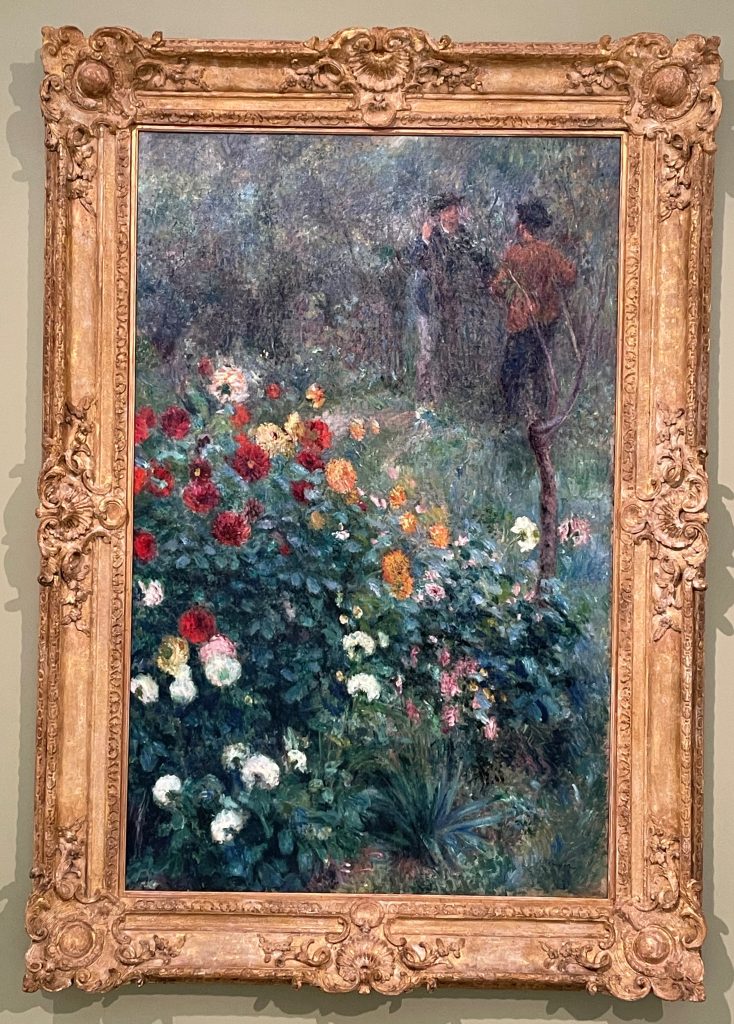
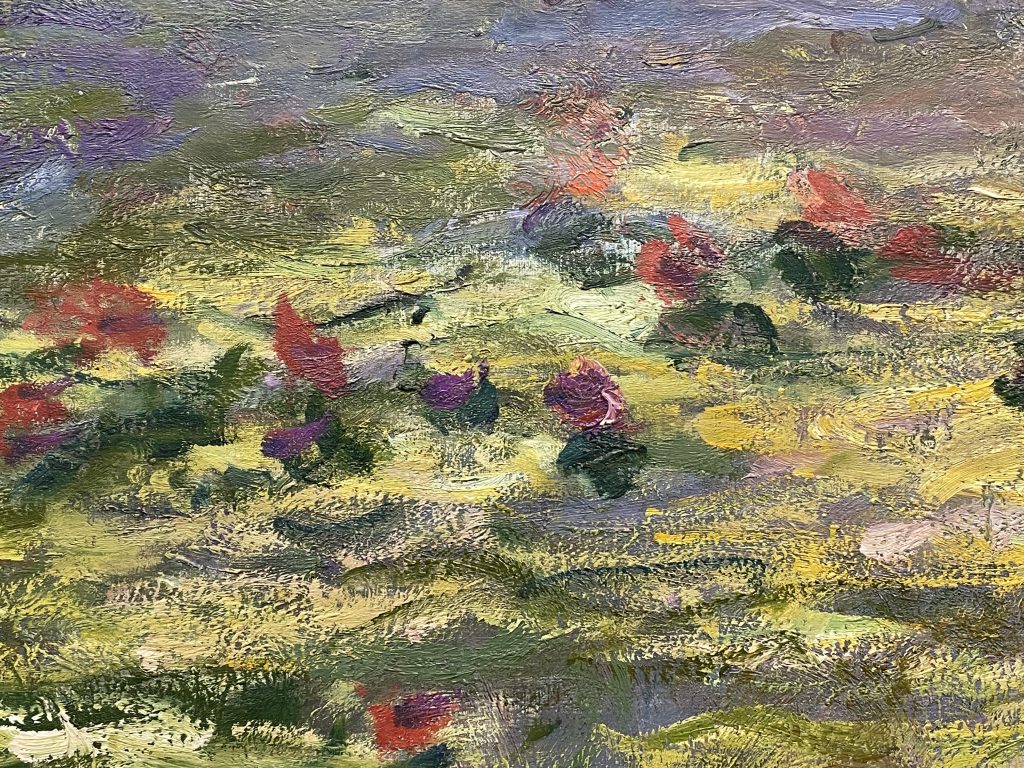
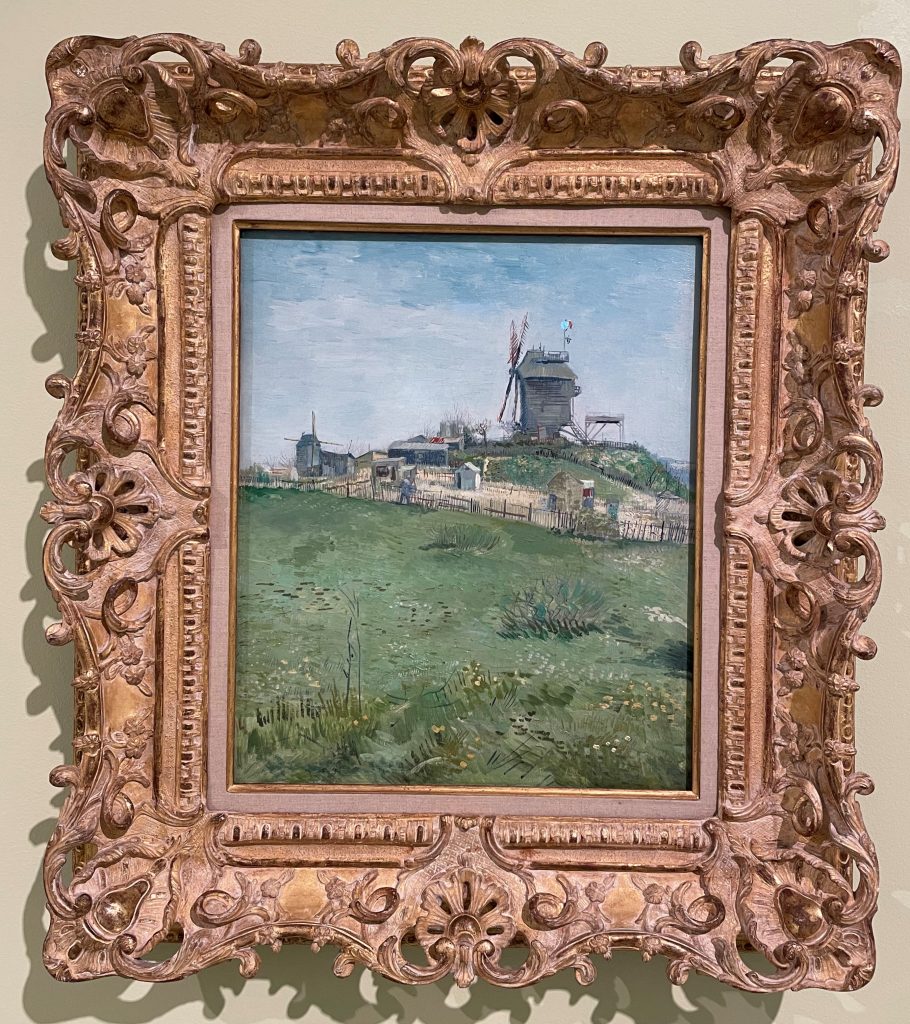
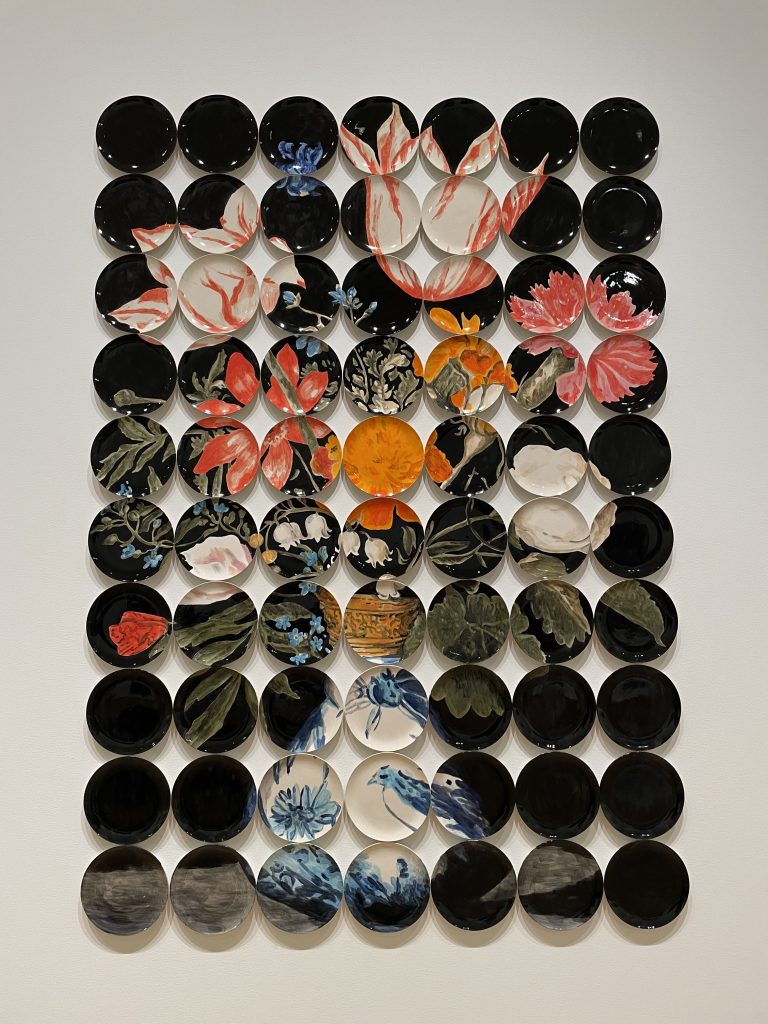
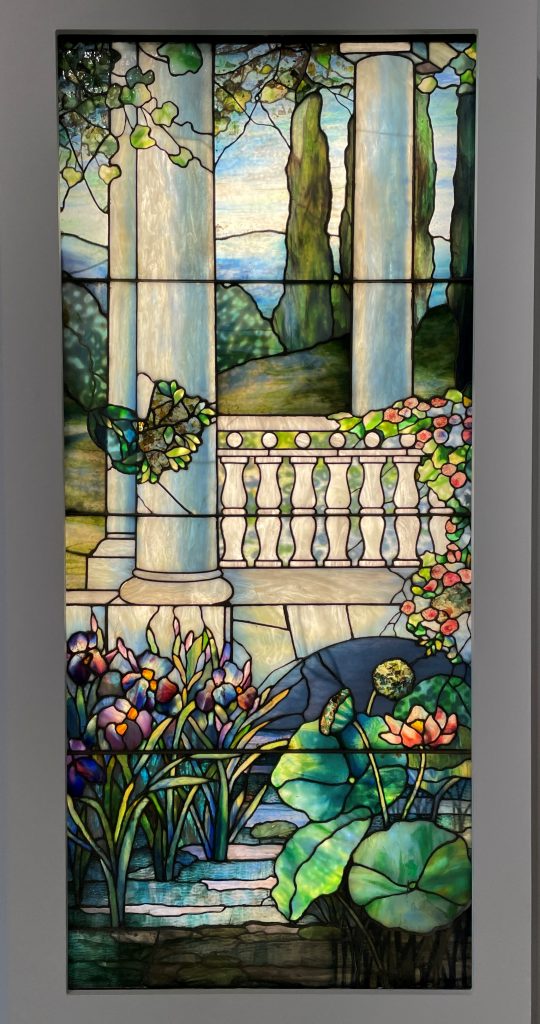
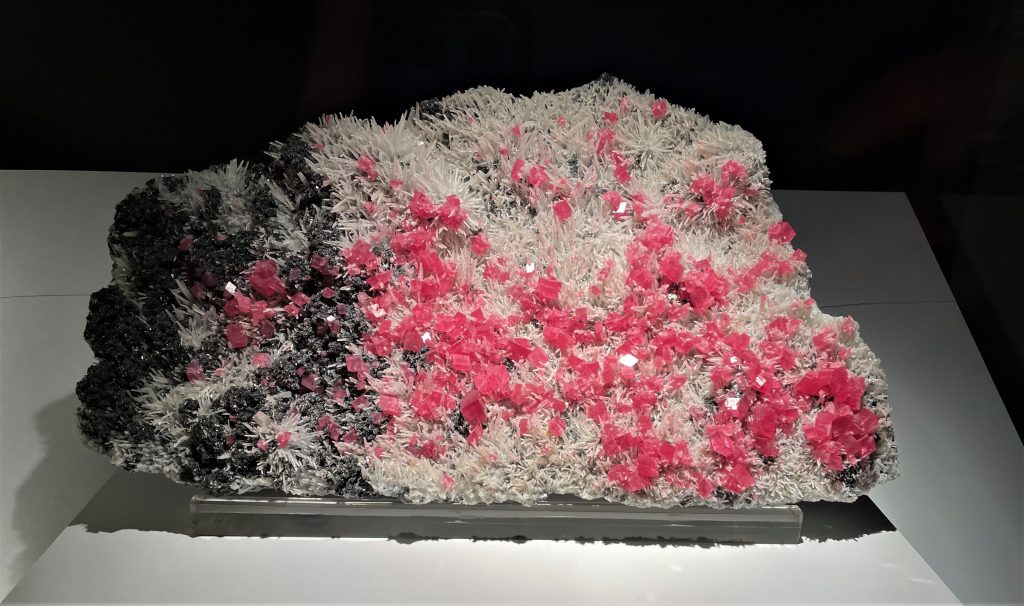
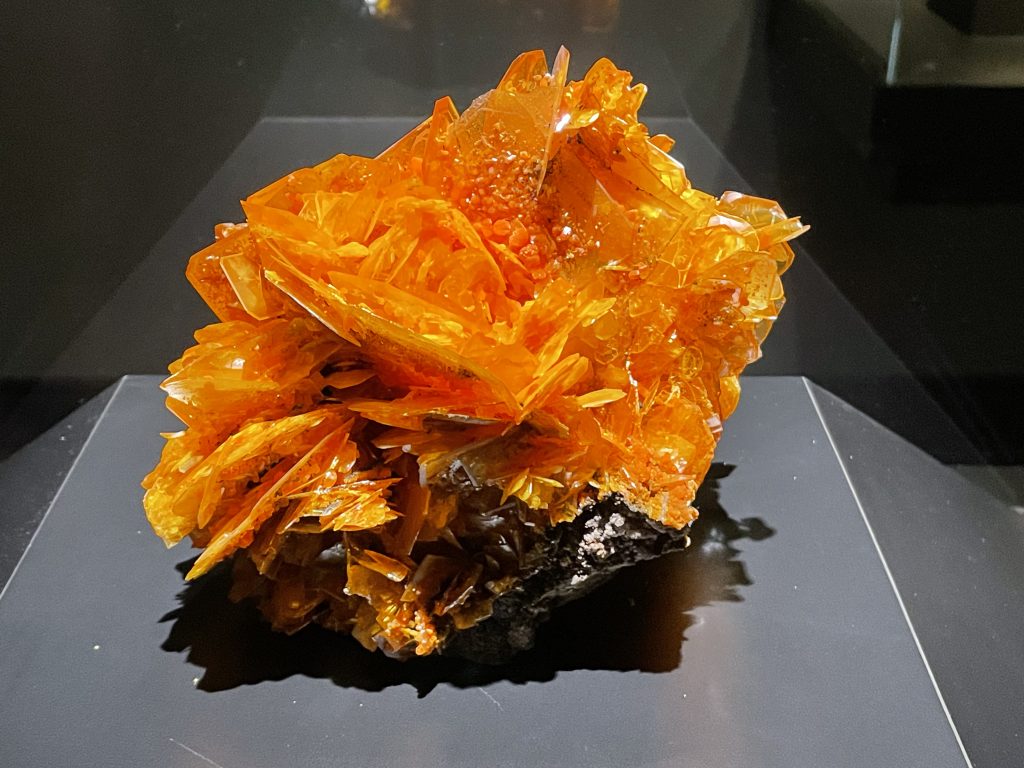
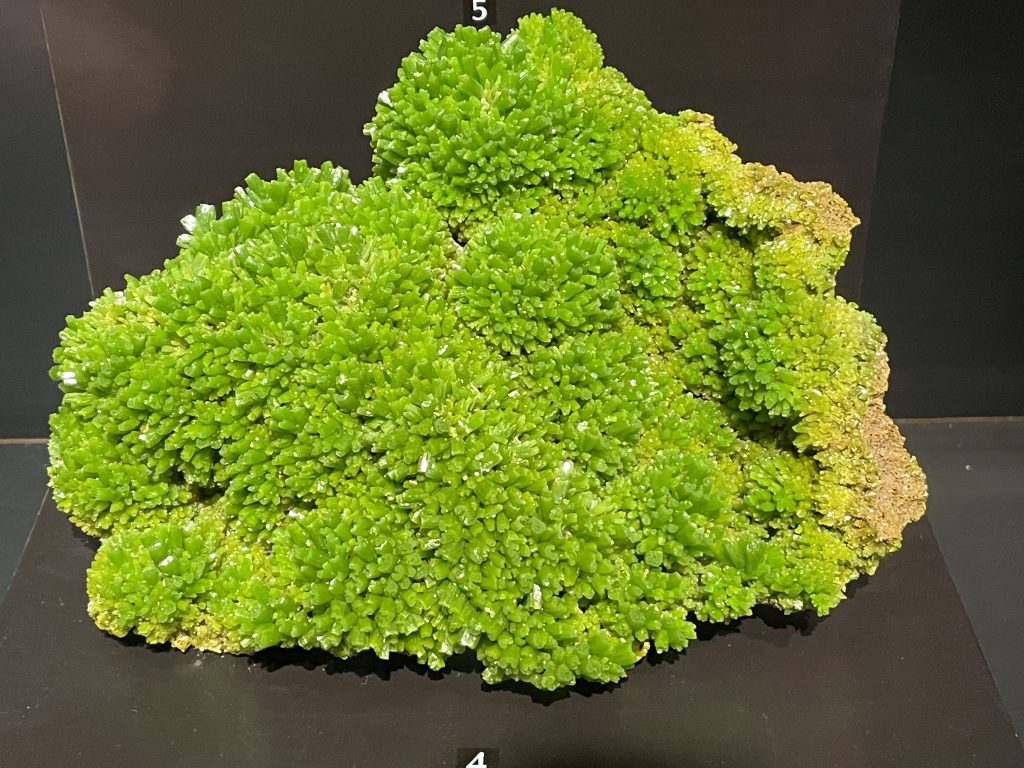
Minerals on display in the Hall of Minerals and Gems
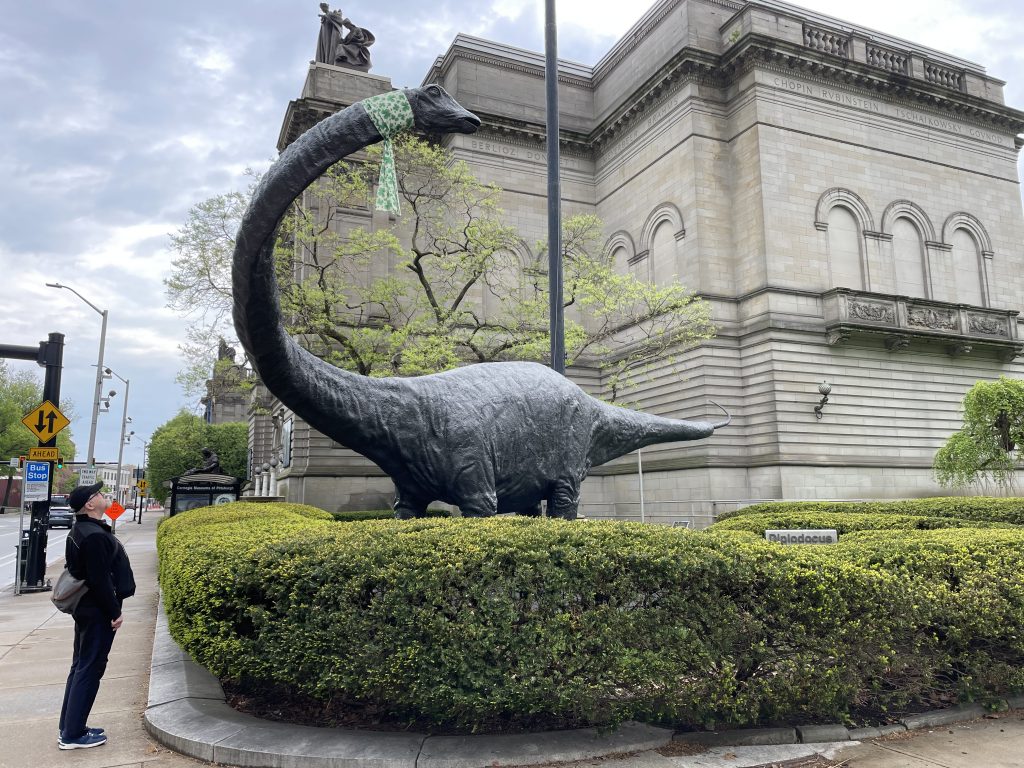





2 thoughts on “The Carnegie Museums of Art and Natural History”